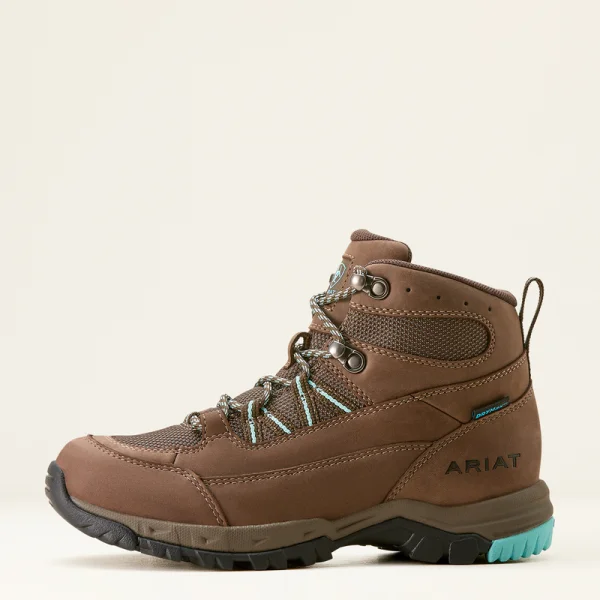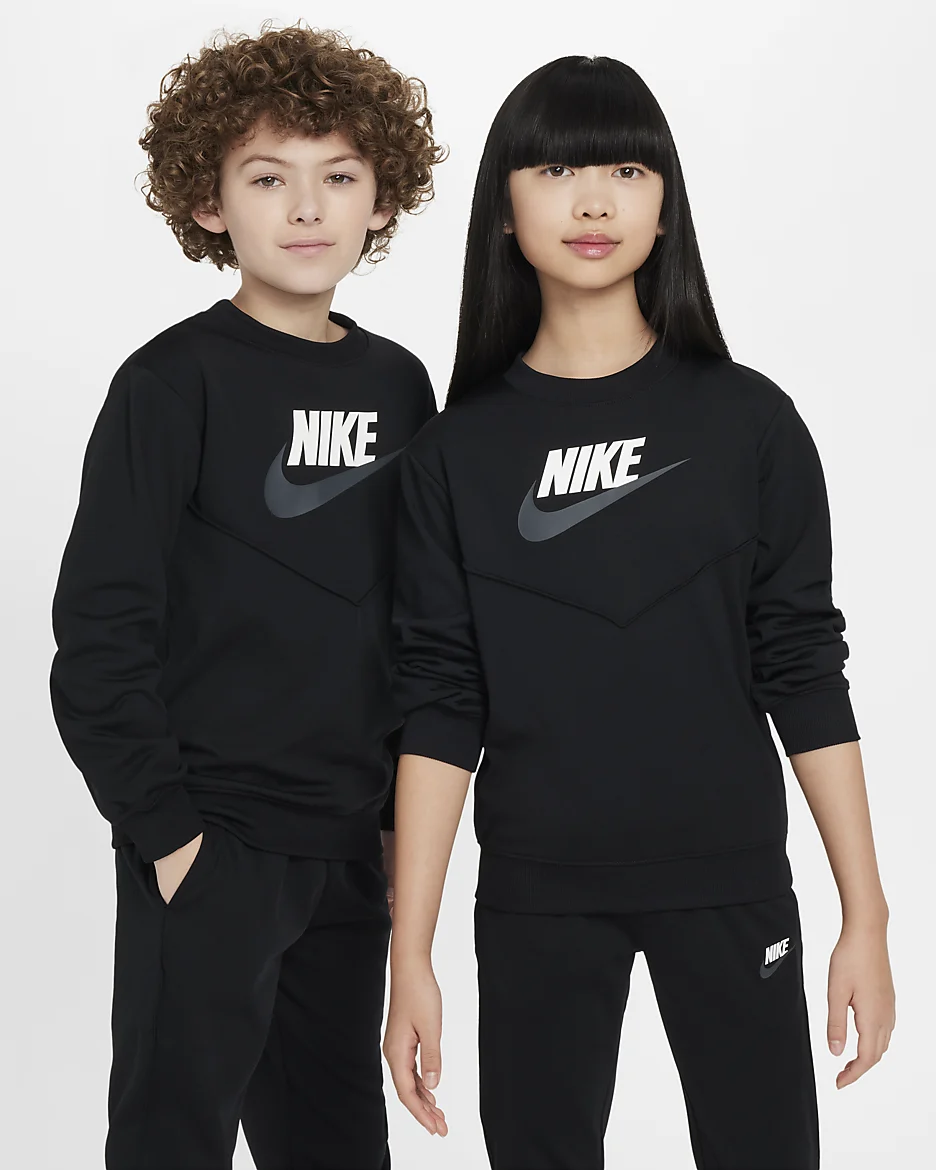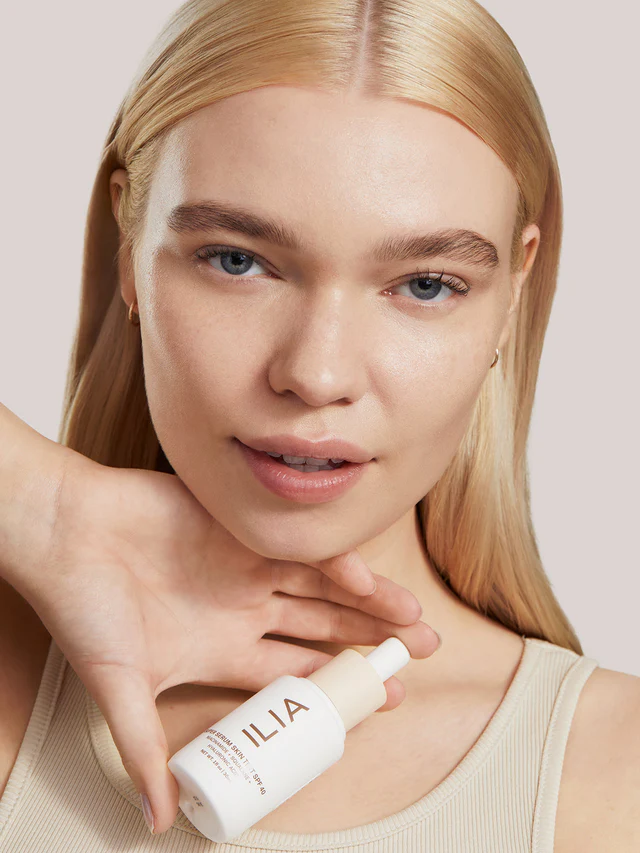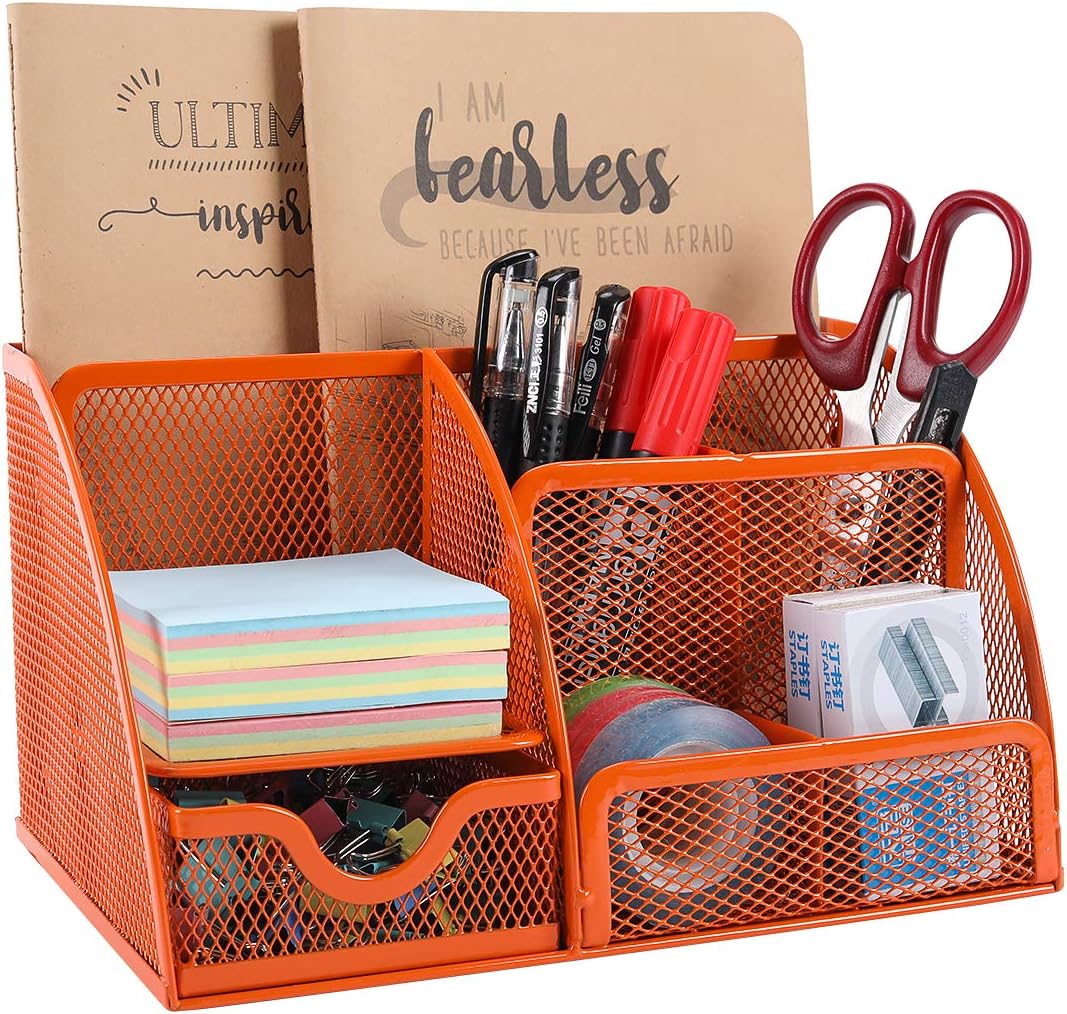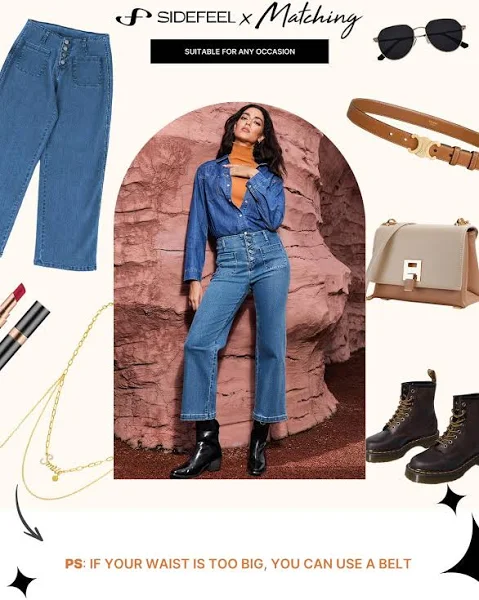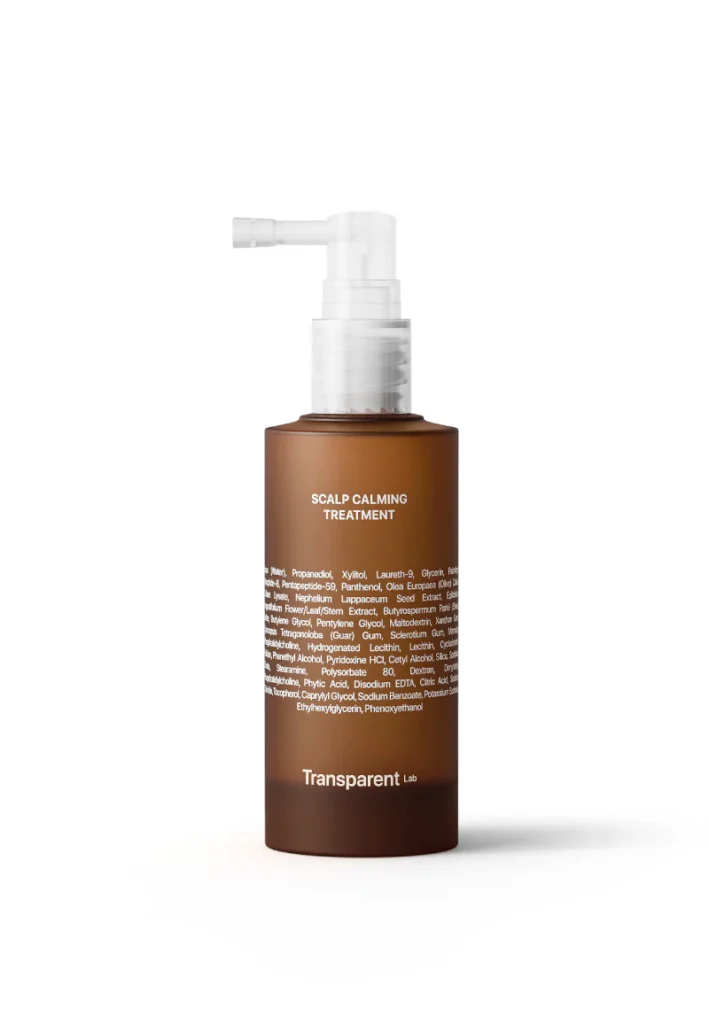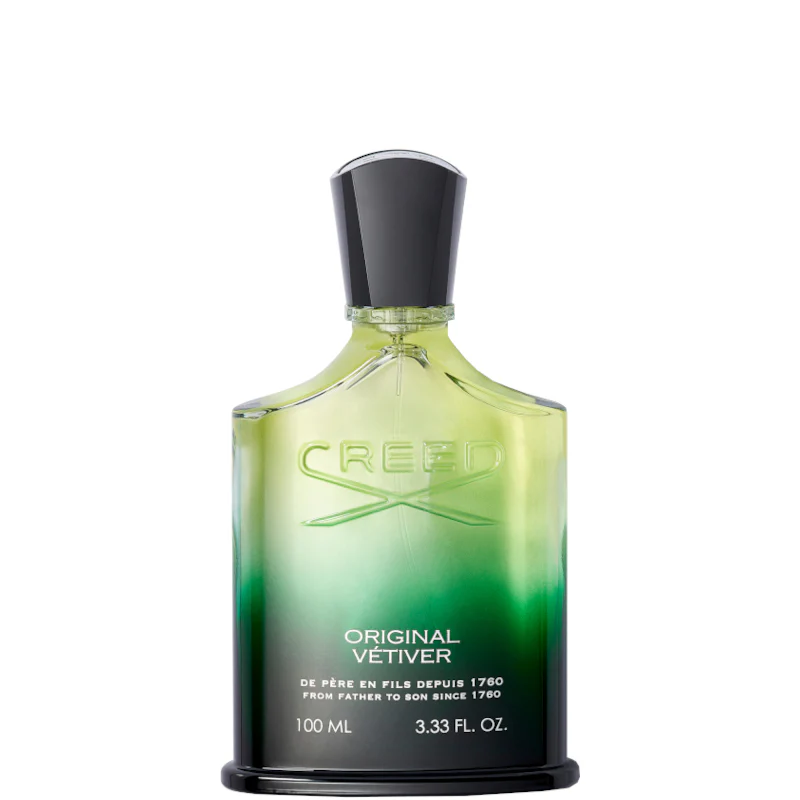Minutes in the saddle add up. If your boots pinch, twist, or sag, you’ll feel it in your ankles, knees, and seat. In this article, we’ll break down how to choose riding boots that support your position, protect your lower leg, and elevate your overall feel—whether you’re training at home or prepping for a show. In this article, we’ll cover boot types, materials, measuring for a precise fit, break-in, care, and discipline-specific details, using Reitsport Manski Top riding boots as a practical reference for quality and variety.
Shop Reitsport Manski Top riding boots
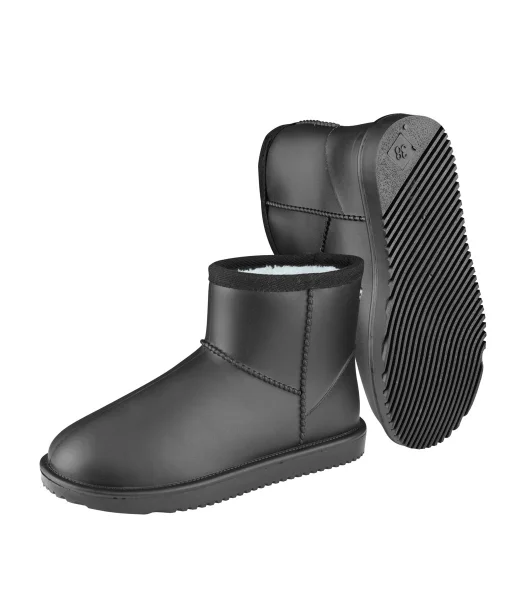
Tall vs. Short: Which Category Fits Your Riding Life
Riders generally choose between tall boots (dressage or field style) and paddock boots paired with half chaps. Tall boots create a long, stable lower leg with a sleek profile for the show ring. Paddock boots are flexible, easy to put on, and great for schooling or barn chores; add half chaps for similar grip and protection when you ride. The Reitsport Manski Top riding boots range covers both, so you can build a two-boot rotation: tall for clinics and competition days, paddocks + half chaps for daily miles.
Dressage vs. Field: Stiffness, Laces, and What That Means in the Saddle
Dressage boots are typically stiffer with a higher external or internal dressage bow. The rigidity stabilizes the lower leg and encourages a tall, quiet calf. Field boots include front laces at the instep for deeper ankle flexion—ideal for jumping, eventing, and riders who need that extra “fold” over fences. If you’re cross-training, a modern “all-round” tall boot can split the difference: enough stiffness for flatwork, enough give for two-point and releases.
Shop Reitsport Manski Top riding boots
Leather, Lining, and Panels: What Each Choice Feels Like
Full-grain leather ages beautifully and molds to your leg; soft calf leather feels glove-like but needs mindful care. Grain-corrected leathers and coated finishes resist scuffs and rain better for barn life. Inside, you’ll see leather or textile linings—leather runs luxe and breathable; technical linings manage moisture and are kinder in heat. Many tall boots add grip panels on the inner calf to steady contact without over-grabbing the saddle flap. If you ride daily, that panel becomes your silent assistant, helping you keep an even leg through transitions.
Zippers, Laces, and Spur Rests: Small Parts, Big Daily Wins
Back or side zippers make on/off quick; look for a top keeper snap and a bottom guard so the slider doesn’t creep. Field laces fine-tune instep comfort, especially if you have a high arch. Proper spur rests (or a subtle shelf) position spurs consistently and stop them from sliding down mid-ride. These details shape how “set and forget” your boots feel at 6 a.m. schooling sessions and long afternoons on the yard.
How to Measure Like a Pro (At Home, in 5 Minutes)
Grab a tape, knee-high socks you’ll ride in, and the breeches you normally wear.
- Foot length/width: Stand and trace or measure; match to the brand’s size chart.
- Calf circumference: Sit straight, feet flat, and measure the widest point of your calf on both legs. Use the larger number.
- Height to the back of knee: Barefoot or in thin socks, measure from floor to the crease behind the knee.
- Allow for drop: Tall boots drop 1–2 cm as the ankle breaks in. Buy slightly tall so they finish at a polished height, not low and baggy.
The breadth of the Reitsport Manski Top riding boots selection usually includes multiple calf widths and heights—choose closest matching pair rather than forcing an “almost” fit.
Shop Reitsport Manski Top riding boots
The Break-In: Make the First 10 Rides Comfortable
New tall boots should feel snug in the calf and high at the knee; slight bite at the back is normal for a few sessions. Speed the process safely:
- Heel lifts for the first week reduce rub at the back of the knee.
- Short sessions (20–30 min) on flat days; avoid marathon hacks on day one.
- Condition lightly—don’t over-soften the outer shaft or you’ll lose support.
- Zipper etiquette: close against the leg; never force through a wrinkle.
Paddock boots break in quicker; swap a thicker sock to fill minor slack rather than overtightening laces.
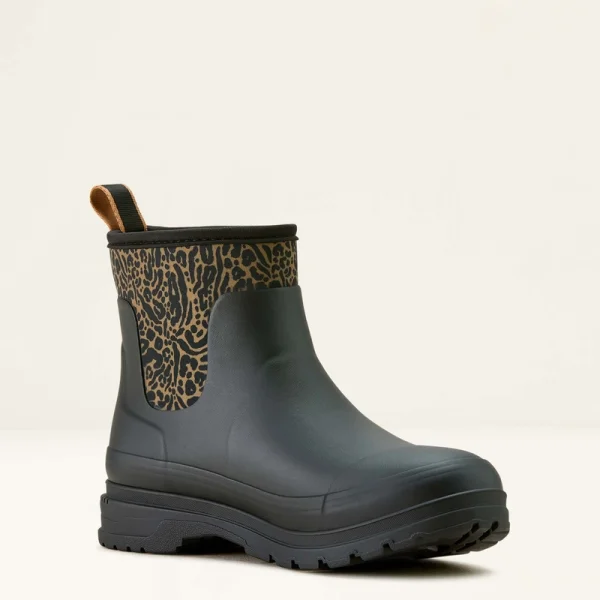
Soles, Shanks, and Stirrups: Safety and Feel
You want a defined heel (to prevent sliding through the stirrup), a steel or composite shank for arch support, and a firm yet shock-absorbing sole for barn surfaces. Too spongy and you’ll lose feel; too rigid and your feet fatigue. In the iron, the right sole gives smooth flex through your ankle during sitting trot and landing phases. Many Reitsport Manski Top riding boots models balance yard comfort with saddle feel—walk, mount, ride, muck, repeat.
Weatherproofing and Care: Keep Leather Supple, Not Slick
Barn life is mud, dust, and rain. Build a quick routine:
- After rides: wipe with a damp cloth, especially inner calves where sweat and arena footing build up.
- Weekly: mild saddle soap on scuffs; neutral conditioner sparingly on creases (ankle, instep).
- Waterproofing: use a compatible spray/wax on rain-days—but avoid over-coating grip panels.
- Storage: boot trees stop shaft collapse; dry away from radiators so leather doesn’t harden.
Regular TLC keeps stitching tight and zippers happy. Your future self (and your wallet) will be grateful.
Discipline Details: Dressage, Jumping, Eventing, Schooling
- Dressage: favor stiffer shafts, high bows, minimal lacing, and a polished silhouette. Stability beats hyper-flex.
- Jumping: field laces, slimmer ankle, moderate shaft stiffness for free heel drop over fences.
- Eventing: durable soles with grip, quick zips, and leather that tolerates weather and gallops; consider spur rests that lock position.
- Schooling / Young horses: paddocks + half chaps = forgiveness and easy replacement if a youngster steps on your foot.
Match boots to the most frequent work you do, not the aspirational calendar you wish you had.
Shop Reitsport Manski Top riding boots
Fit Troubleshooting (Fast Fixes That Work)
- Zipper strain at calf: switch to thin technical socks, ride two sessions, reassess. If still tight, a local boot fitter can stretch the shaft a few millimeters.
- Heel lift/heel rub: add a gel heel grip or try thicker socks until the ankle molds.
- Toe pressure: check size and foot shape—square-toe lasts can save wide forefeet without upsizing length.
- Boots dropping too much: insert a temporary heel lift; condition ankle sparingly and focus care higher on the shaft.
Socks, Insoles, and Chaps: Small Upgrades, Big Comfort
Good riding socks are thin, wicking, and supportive. Avoid bulky seams that create pressure lines. Insoles can fine-tune arch support and absorb yard miles. If you ride paddocks, pick half chaps that match your calf measure and rise—too short and they twist; too tall and they bite behind the knee. Keep spur straps slim and consistent so aids feel identical from day to day.
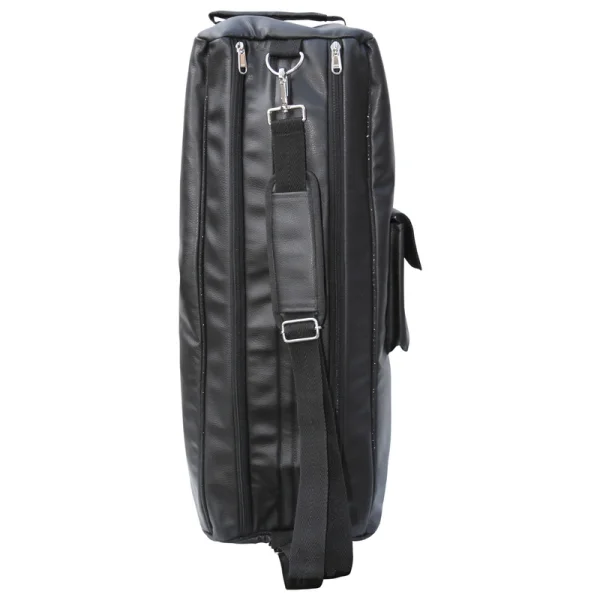
Sustainability and Longevity: Buy Once, Maintain Forever
High-quality leather boots are repairable: resoling, zipper replacement, and seam reinforcement extend life by years. Caring “little and often” beats occasional deep rescues. The curated nature of Reitsport Manski Top riding boots means you can select durable leathers and robust soles from the start—fewer replacements, more rides.
Show Readiness: Polish Without Slippery Legs
For arenas and inspections, aim for a clean, even sheen—not a glassy finish that slicks your calf. Wipe dust, apply a light cream polish, buff with a soft brush, then finish with a cloth. Tape over zippers during polishing to keep paste out of teeth. Pack a mini cloth in your ring bag for last-second dust.
Budgeting Smart: Where to Spend, Where to Save
Spend on fit and shaft construction—that’s your comfort and position. Save by choosing a classic color that matches every coat and breech. If you’re between disciplines or still growing (juniors), consider paddock + half chap for year-round value, then upgrade to tall boots when measurements stabilize.
Conclusion
The right riding boots don’t just look sharp—they quiet background noise so you can focus on balance, timing, and feel. Choose a type that matches your work, measure carefully, break in with patience, and care lightly but consistently. With the variety and craftsmanship across Reitsport Manski Top riding boots, it’s easy to lock in a pair that supports your position today and still feels right a season from now. Saddle up, breathe, and let your lower leg do the talking.
Shop Reitsport Manski Top riding boots
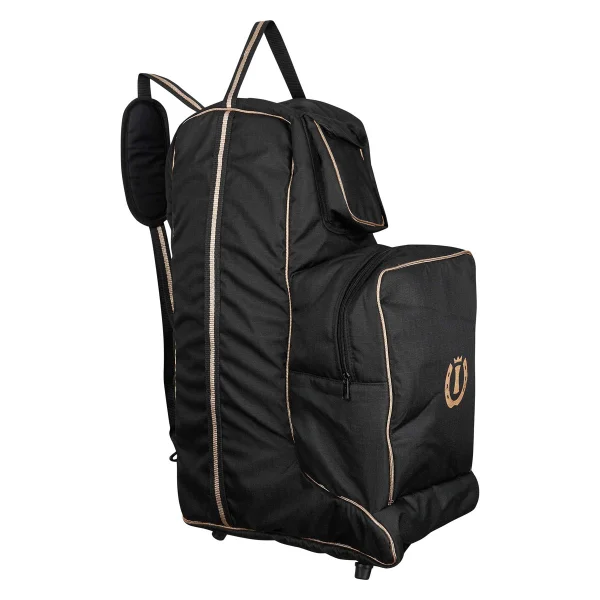
FAQ
- How snug should tall boots feel on day one?
Close through the calf and a touch high behind the knee; expect 1–2 cm drop after the first 10 rides. - Dressage or field—what’s right for me?
Dressage boots if you want maximal stability on the flat; field boots if you jump and need more ankle flex. - Can I show in paddock boots and half chaps?
Many schooling shows allow it; check your rulebook. For rated shows, tall boots are typically required. - How do I prevent blisters during break-in?
Use thin technical socks, heel lifts for a week, and keep sessions short. Don’t over-soften leather at the ankle. - What heel height is safe for stirrups?
A defined low heel is standard; it helps prevent slipping through the iron. - How often should I condition leather?
Lightly every few weeks, more in winter or after rain. Over-conditioning softens structure—aim for balanced, supple leather. - Zipper keeps sliding down—fixes?
Ensure the top keeper snap is secure; a bootmaker can adjust slider tension if needed. - Are grip panels worth it?
Yes for most riders—they stabilize contact without “gluing” you to the flap, especially in young or reactive horses. - My calves are different sizes—what now?
Choose the size for the larger calf and use a thin insole/sock strategy on the smaller side, or speak to a fitter for minor stretching. - How do I store boots off-season?
Clean, condition lightly, insert boot trees, and keep in a breathable bag away from heat sources.


